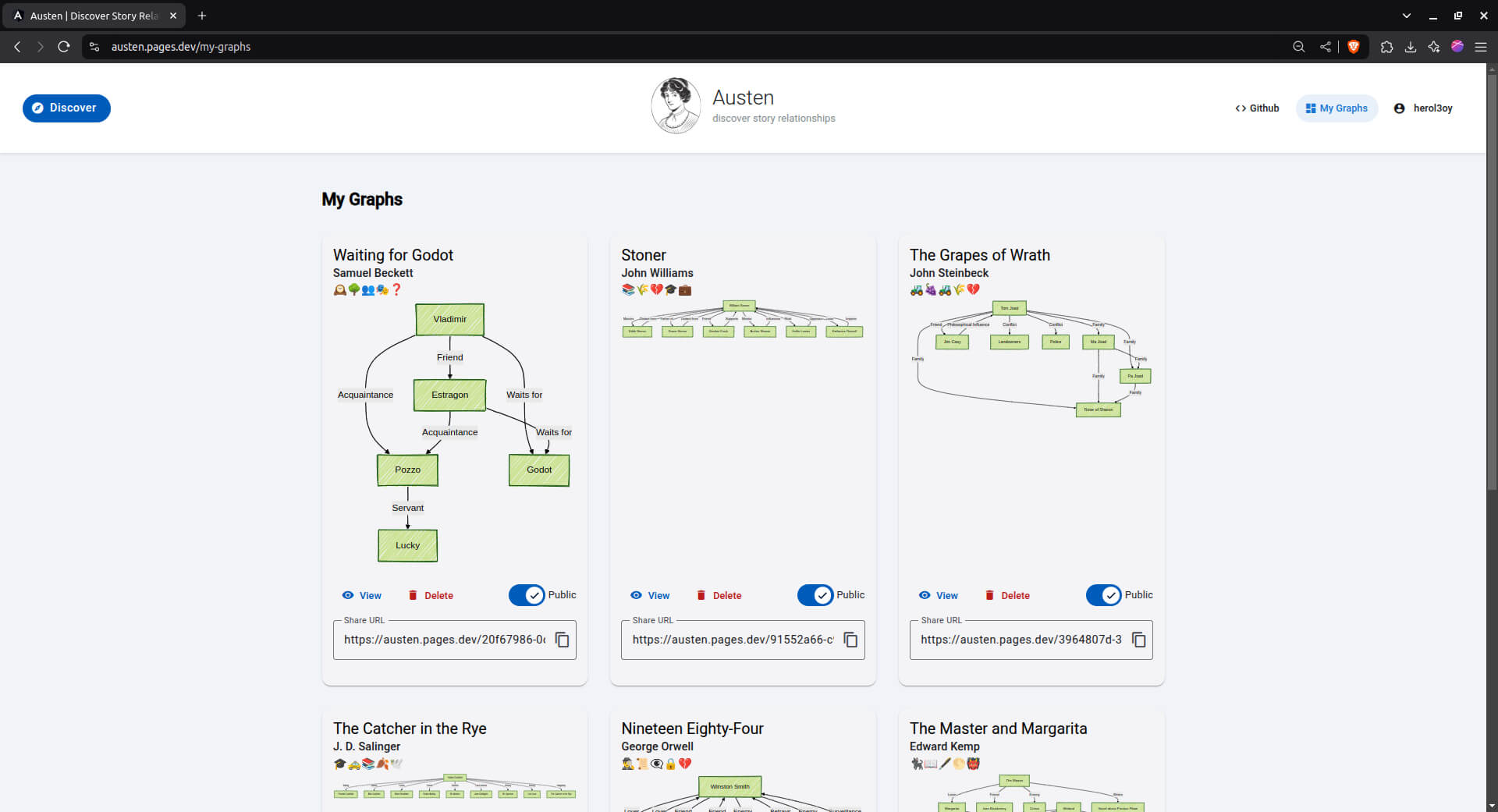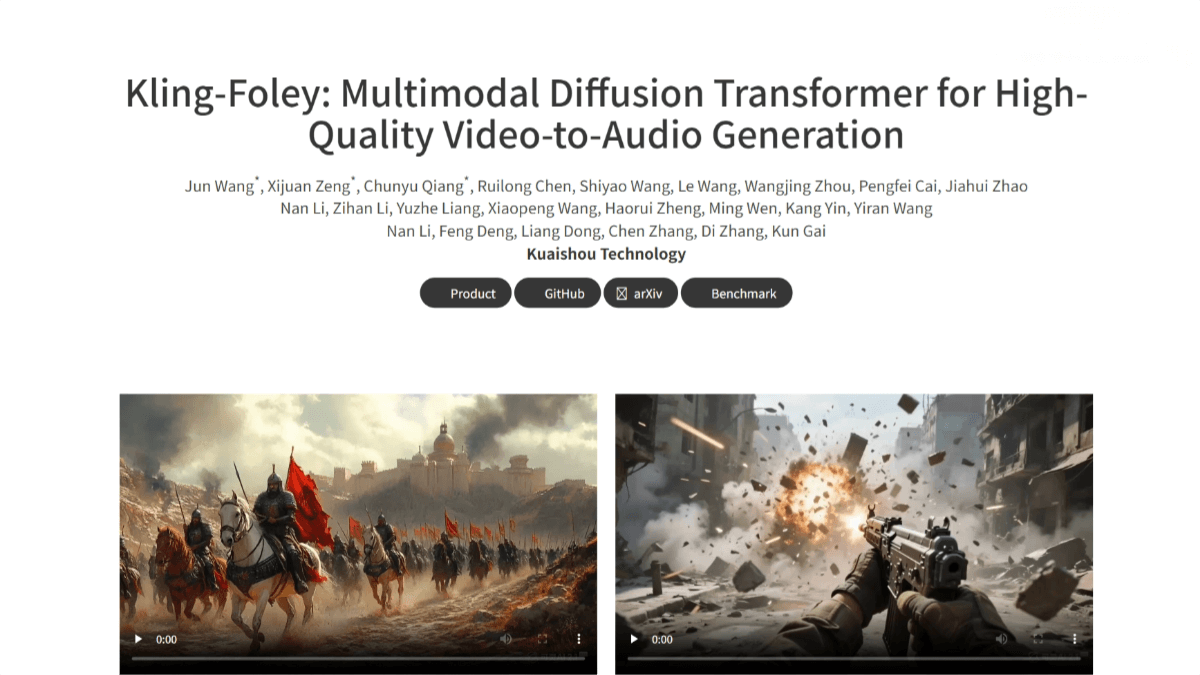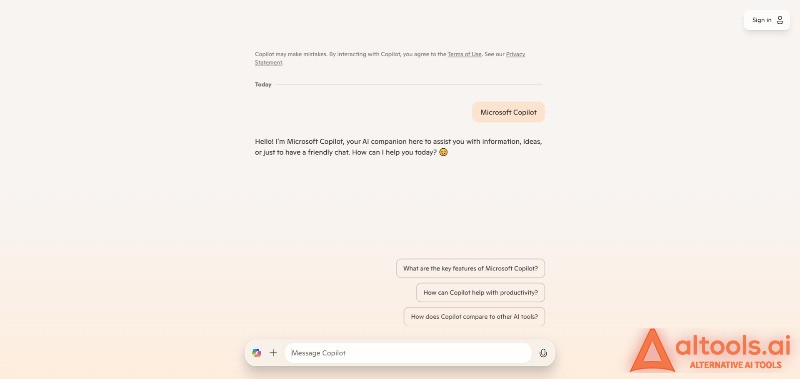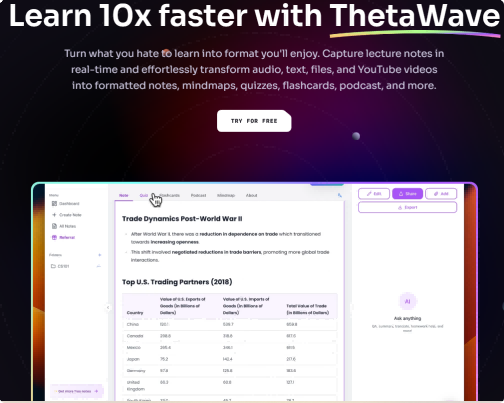What is Imagen 4?
Imagen 4 is Google’s latest AI model for image generation. It supports image generation at resolutions up to 2K, delivering highly realistic detail, capable of clearly rendering complex fabric textures, water refraction, and animal fur. Imagen 4 also makes significant advancements in text rendering, producing clear and accurate text within images, making it well-suited for use in advertising, comics, invitations, and other design scenarios. It supports a wide range of artistic styles—from surrealism to abstraction, illustration to photography—greatly expanding creative possibilities for artists and designers.
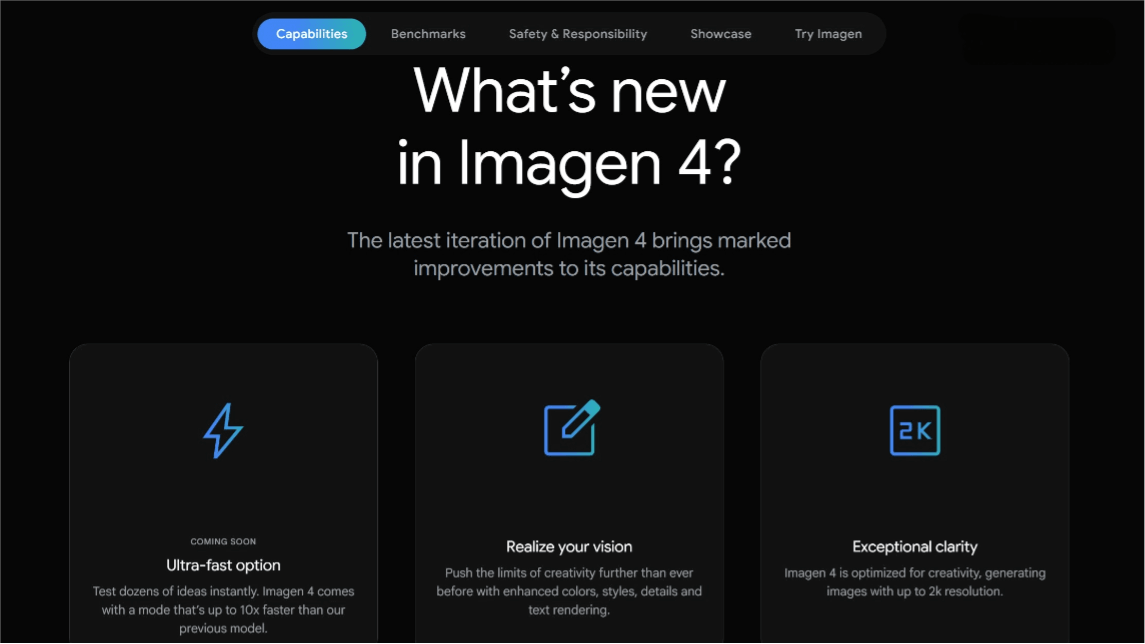
Key Features of Imagen 4
-
High Resolution & Detail Rendering: Supports image generation up to 2K resolution with significantly enhanced detail capture. It can realistically present complex fabric textures, water droplet refraction, and the texture of animal fur.
-
Text Rendering Capability: Able to generate clear and accurate text within images, making it suitable for advertising, comics, or invitations. The model better understands context, enabling more logical and aesthetically pleasing combinations of text and imagery.
-
Style Diversity: Supports a wide range of artistic styles, from surrealism to abstraction, and from illustrations to photographs, offering greater flexibility and creative freedom.
-
Fast Generation Mode: Significantly faster than previous versions. Google plans to launch a variant with 10x speed improvement, ideal for creative workflows that require rapid iteration.
-
Ecosystem Integration: Already integrated into Gemini apps, Google Workspace (including Slides, Docs, and Vids), and Google Labs’ Whisk experimental platform. Some features are also available to enterprise users via Vertex AI.
Technical Foundations of Imagen 4
-
Enhanced Diffusion Transformer: Imagen 4 leverages an enhanced diffusion transformer, significantly improving image detail, color fidelity, and the ability to generate complex scenes.
-
Efficient Feature Distillation: Utilizes more efficient feature distillation techniques, optimizing the distillation process and improving feature extraction and transfer. This allows the model to generate high-quality images while significantly improving generation speed.
-
Text Encoder: A Transformer encoder is used to convert text descriptions into numerical representations, enabling the model to understand the relationships between words and generate images that align more closely with the descriptions.
-
Image Generator: Based on the output of the text encoder, a diffusion model is used to progressively generate images. By refining the denoising process in the diffusion model, high-quality images are created in line with textual prompts.
-
Multi-Stage Super-Resolution: To produce high-resolution images, Imagen 4 employs a multi-stage super-resolution model that progressively upsamples low-resolution images to the desired high resolution.
-
Super-Resolution with Diffusion Models: In the super-resolution phase, Imagen 4 again uses diffusion models, not only based on the text encoding but also integrating the current low-resolution image being upsampled.
-
Fast Version Optimization: Imagen 4 Fast focuses on low-latency scenarios, optimizing inference speed to reduce single image generation time to just 1 second. This makes the model more suitable for real-time applications, such as generating virtual backgrounds for meetings or creating content on mobile devices.
Project Link for Imagen 4
-
Official Website: https://deepmind.google/models/imagen/
Application Scenarios of Imagen 4
-
Creative Design: Suitable for professional-level design tasks such as poster creation and slide deck design.
-
Content Creation: Ideal for making slides, invitations, or any other content that blends images and text.
-
Film Production: When combined with the Veo 3 video generation model and the Flow filmmaking tool, it can be used to create movie clips, scenes, and storyboards.
Related Posts

